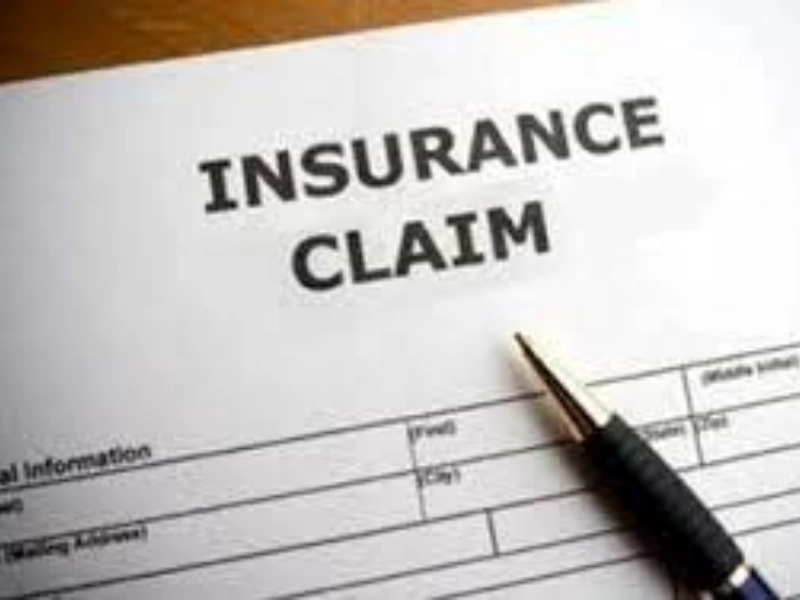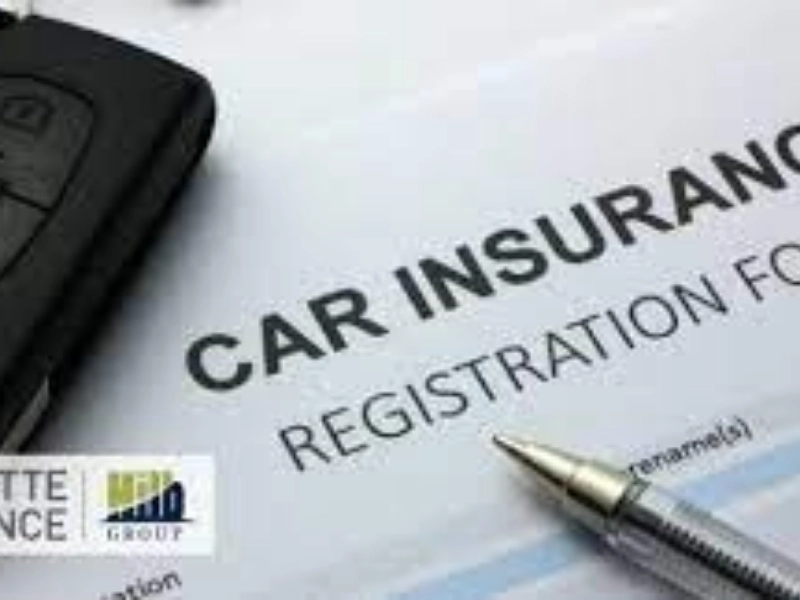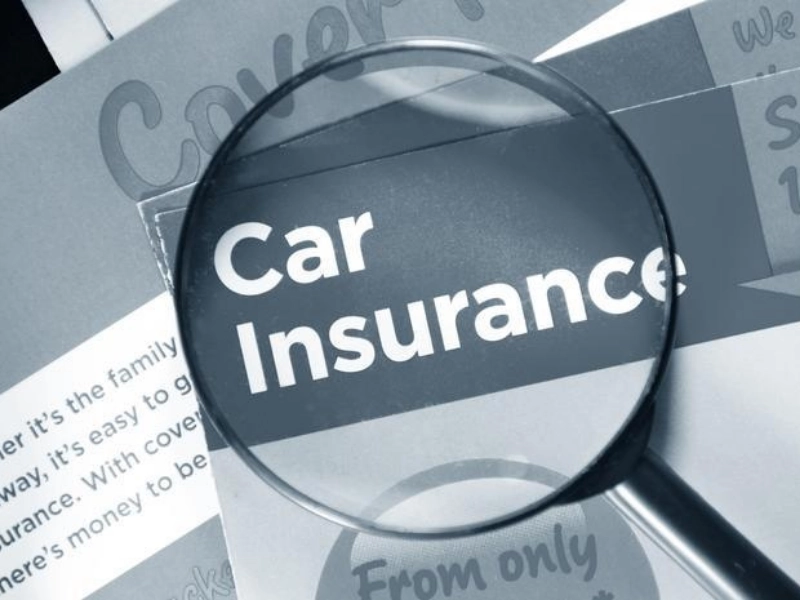5 Ways to Lower Auto Insurance Premiums Significantly
Numerous variables, such as your location, driving history, and claims history, influence your auto insurance rate. There are certain things you can do to reduce your rates, but many of these elements are beyond your control. Your rate may be reduced by selecting a safer car, as well as by reducing or eliminating collisions and comprehensive coverage. You can also save money if you have good credit or complete a defensive driving course.
1. Compare prices.

2. Reduce Your Taxable Amount
 Reducing your deductibles can save you a lot of money on your insurance premium if you can afford to do so. Before deciding, it's crucial to consider the advantages and disadvantages of this tactic.
If you have a $1,000 deductible and your car is only worth $2,500, for instance, your insurance will pay for all repairs in the event that you collide with a tree, lamp post or another automobile. In a similar vein, you can lower your comprehensive coverage premiums—which guard against theft and natural disaster damage—by raising your deductible.
Try to reduce your deductibles as much as you can without compromising your level of comfort. You can avoid making minor claims that could result in an increase in your rate and risk losing your claim-free discount by raising your deductibles.
Reducing your deductibles can save you a lot of money on your insurance premium if you can afford to do so. Before deciding, it's crucial to consider the advantages and disadvantages of this tactic.
If you have a $1,000 deductible and your car is only worth $2,500, for instance, your insurance will pay for all repairs in the event that you collide with a tree, lamp post or another automobile. In a similar vein, you can lower your comprehensive coverage premiums—which guard against theft and natural disaster damage—by raising your deductible.
Try to reduce your deductibles as much as you can without compromising your level of comfort. You can avoid making minor claims that could result in an increase in your rate and risk losing your claim-free discount by raising your deductibles.
3. Use caution when driving.
 Although the cost of auto insurance is increasing, there are ways to save money without sacrificing complete coverage. The first thing to do is ascertain your precise demands. When selecting coverage, take into account crucial elements, including emergency funds, risk tolerance, net worth, and more.
Make sure you abide by the traffic laws as well. Your risk of an accident decreases with the amount of distance you provide the car in front of you on the road and at intersections.
Additionally, develop the practice of routinely checking the mirrors in your automobile and scanning the weather 20 to 30 seconds in advance. By doing this, you remain conscious of what other drivers are doing and are less likely to be taken aback by their actions. This age-old driving tip lowers your risk of an accident and can save you money.
Although the cost of auto insurance is increasing, there are ways to save money without sacrificing complete coverage. The first thing to do is ascertain your precise demands. When selecting coverage, take into account crucial elements, including emergency funds, risk tolerance, net worth, and more.
Make sure you abide by the traffic laws as well. Your risk of an accident decreases with the amount of distance you provide the car in front of you on the road and at intersections.
Additionally, develop the practice of routinely checking the mirrors in your automobile and scanning the weather 20 to 30 seconds in advance. By doing this, you remain conscious of what other drivers are doing and are less likely to be taken aback by their actions. This age-old driving tip lowers your risk of an accident and can save you money.
4. Seek out rebates.
 Discounts are provided by numerous auto insurance providers for a number of reasons. For instance, drivers usually pay reduced rates if their credit history is good. You might also save money by adding safety measures or anti-theft equipment to an older car. You may be eligible for low mileage savings if you carpool or use public transportation to go to work.
Drivers who pass a driver's education course or are members of specific commercial, professional, or alumni clubs may be eligible for discounts from some companies. Some even lower their rates for drivers who choose automated monthly payments or paperless billing. Notify your insurance provider of any changes to your driving style, membership in an organization that qualifies for a discount, or relocation to a less populous area after acquiring your policy, and they will attempt to lower your premium.
Discounts are provided by numerous auto insurance providers for a number of reasons. For instance, drivers usually pay reduced rates if their credit history is good. You might also save money by adding safety measures or anti-theft equipment to an older car. You may be eligible for low mileage savings if you carpool or use public transportation to go to work.
Drivers who pass a driver's education course or are members of specific commercial, professional, or alumni clubs may be eligible for discounts from some companies. Some even lower their rates for drivers who choose automated monthly payments or paperless billing. Notify your insurance provider of any changes to your driving style, membership in an organization that qualifies for a discount, or relocation to a less populous area after acquiring your policy, and they will attempt to lower your premium.
5. Obtain multiple auto insurances.
 Take into consideration purchasing a multi-car policy if you own many vehicles. Generally speaking, these plans are less expensive and simpler to administer than individual auto insurance coverage. Although each insurance policy has different requirements, most let you set the coverage and deductibles specifically for each car. For instance, you might be able to add comprehensive and collision insurance to one vehicle and maintain the other at the state minimum, all while selecting liability-only coverage for one.
Additionally, some businesses allow you to "stack" uninsured motorist coverage. This can lower your overall cost of uninsured motorist coverage by double (for two automobiles) or tripling (for three cars). If you have young drivers in your home or reside in a high-risk location, it also makes sense to insure numerous vehicles under one policy. If a driver in your household moves away for college or removes their own car from the policy, you should let your insurance carrier know.
Take into consideration purchasing a multi-car policy if you own many vehicles. Generally speaking, these plans are less expensive and simpler to administer than individual auto insurance coverage. Although each insurance policy has different requirements, most let you set the coverage and deductibles specifically for each car. For instance, you might be able to add comprehensive and collision insurance to one vehicle and maintain the other at the state minimum, all while selecting liability-only coverage for one.
Additionally, some businesses allow you to "stack" uninsured motorist coverage. This can lower your overall cost of uninsured motorist coverage by double (for two automobiles) or tripling (for three cars). If you have young drivers in your home or reside in a high-risk location, it also makes sense to insure numerous vehicles under one policy. If a driver in your household moves away for college or removes their own car from the policy, you should let your insurance carrier know.
